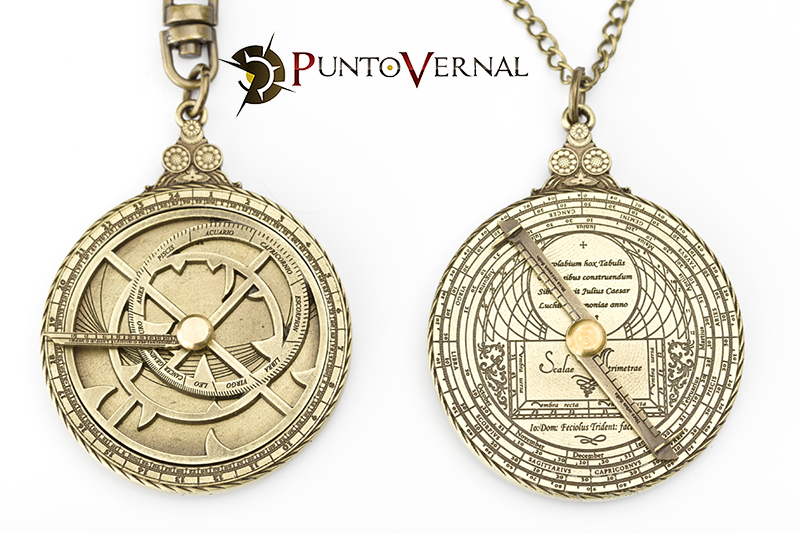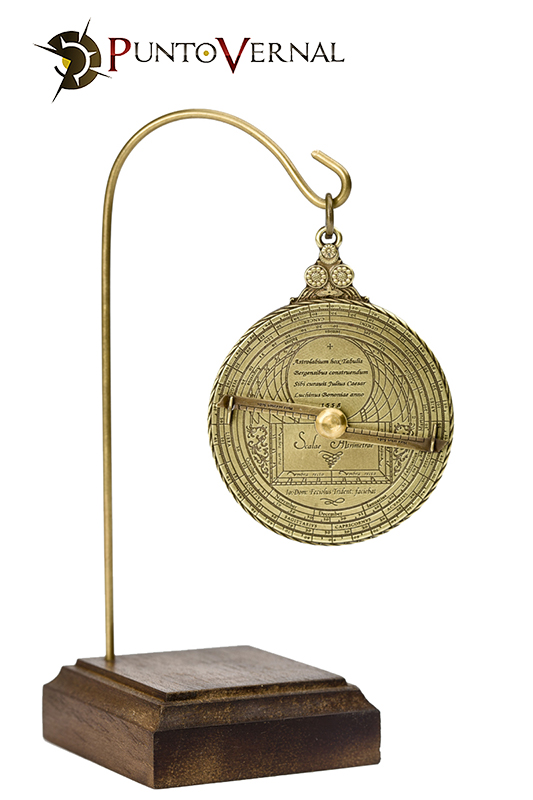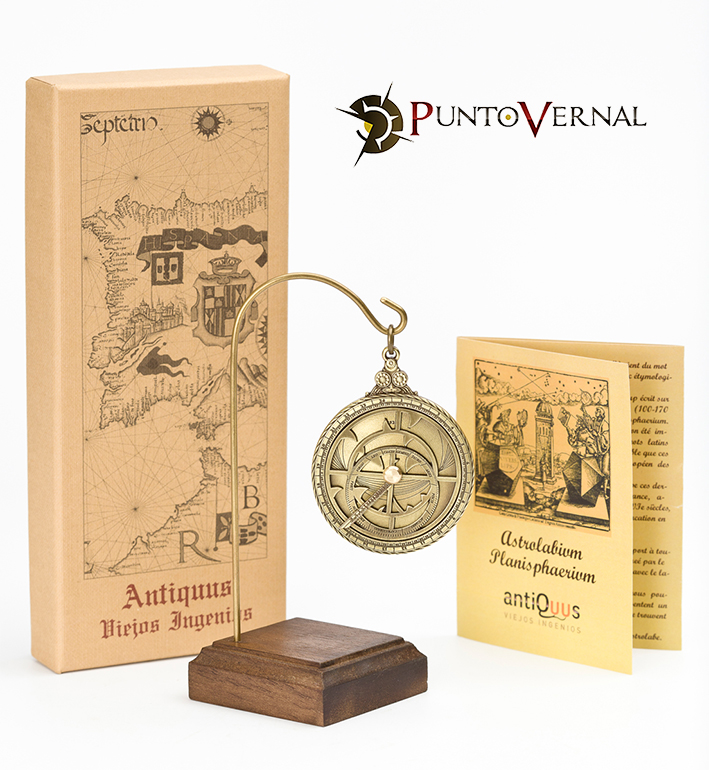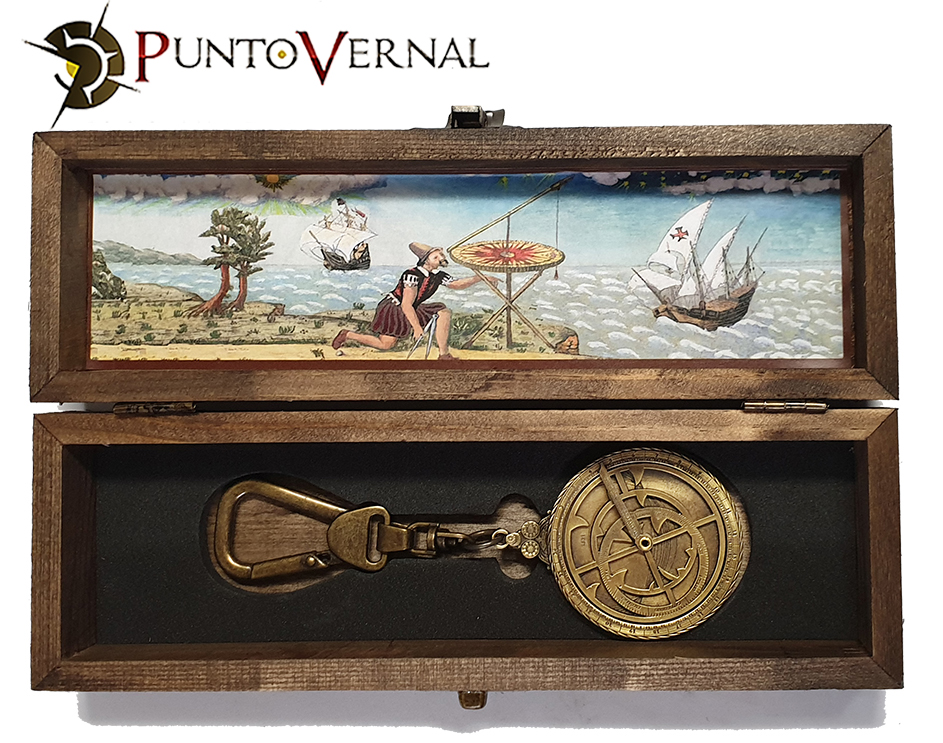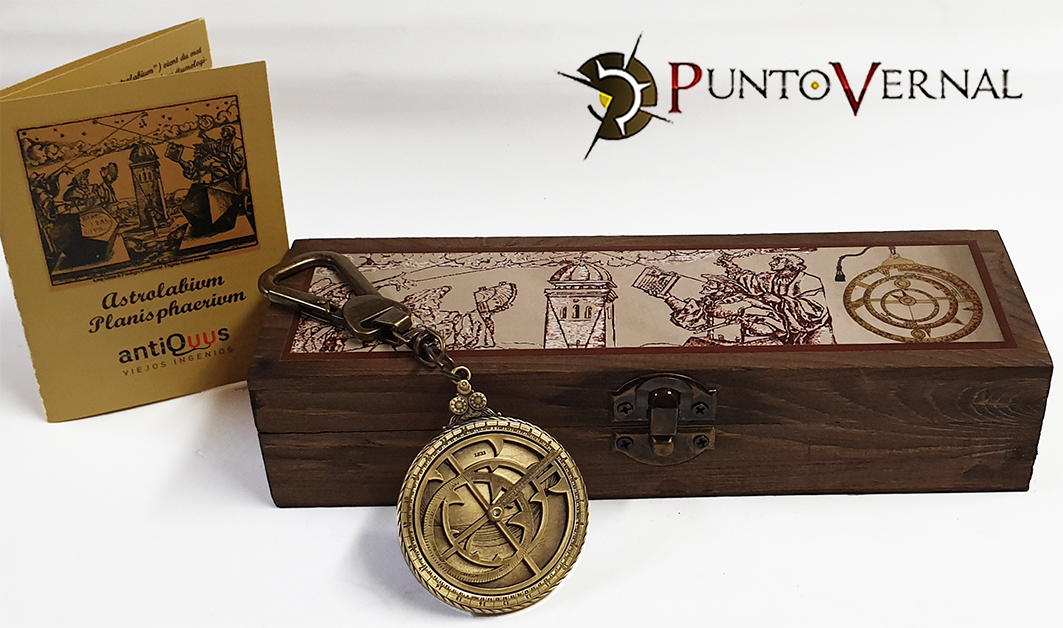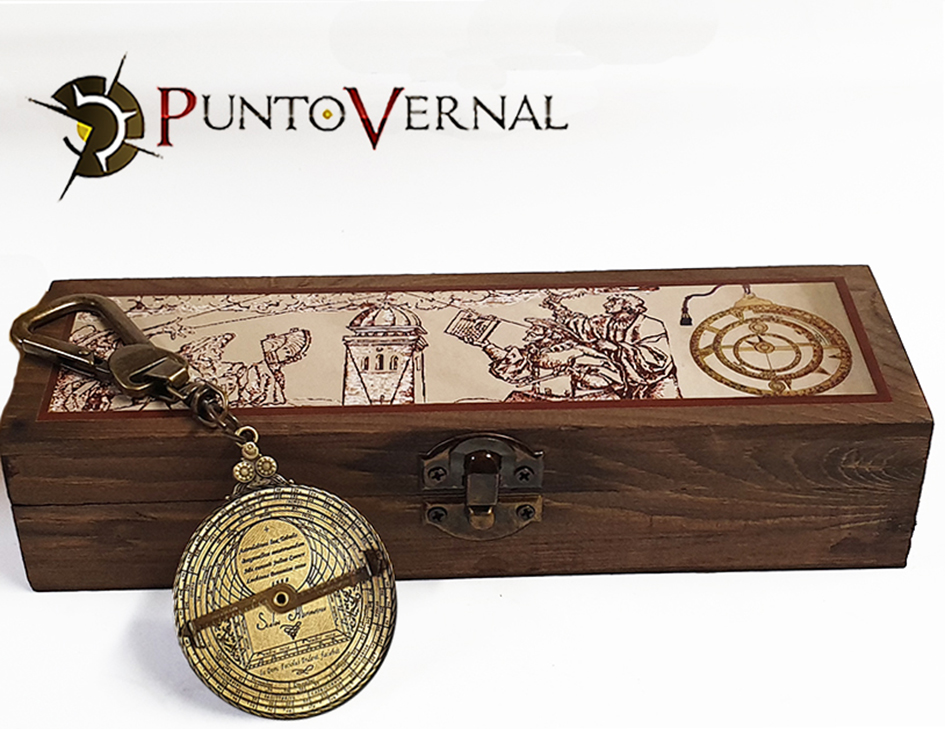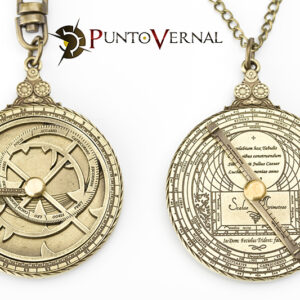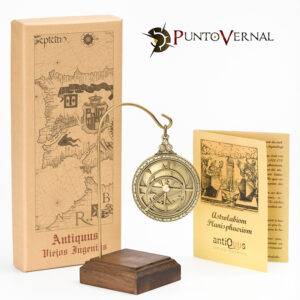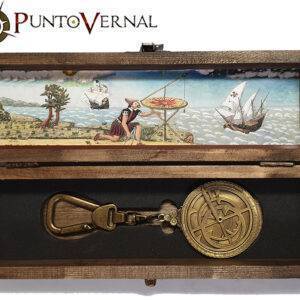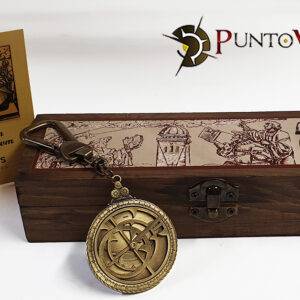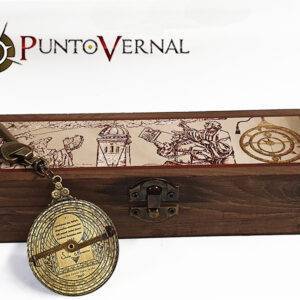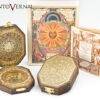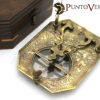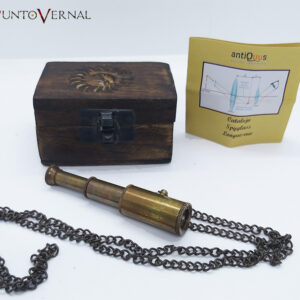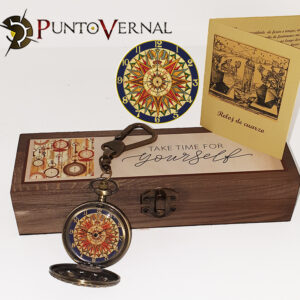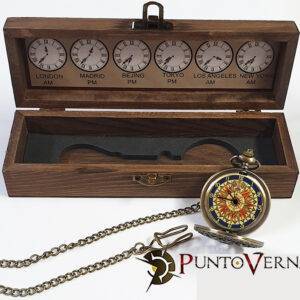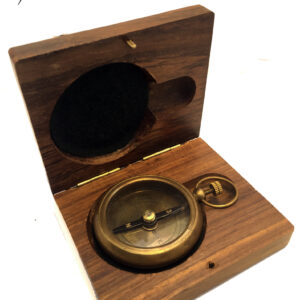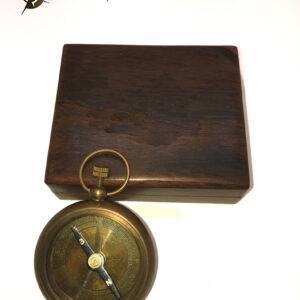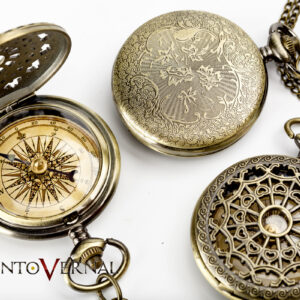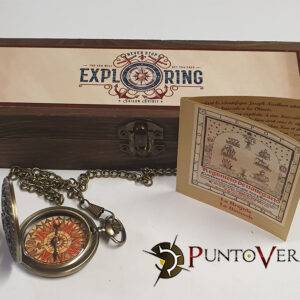OXFORD ASTROLABE
Oxford Astrolabe, a miniaturized version of an astrolabe currently kept in the Oxford Science Museum.
Fundamentally, the astrolabe is a star finder (astro: star, lip: the one who seeks). But it has many more applications, such as finding out the time of sunrise and sunset, the latitude of the place where we are, the altitude of an object, for example the tower of a church or a mountain, that is, a topographic application. and many more.
WHAT IS AN ASTROLABE
A planispheric astrolabe is an astronomical instrument used to solve problems related to time in its broadest sense (not the climatological one, obviously) and the position of the sun and stars. Beautiful and beautiful object that has been captivating us for more than 2000 years and causing the curiosity to unravel all its mysteries, which are those of the universe. With it we can obtain answers to numerous astronomical problems that would take us hours and hours to answer through very complex mathematical calculations. It is, so to speak, the first computer that humans invented and is considered the mathematical jewel of astronomy.
OUR ASTROLABE
This miniature reproduction, although functional, due to its size, is impractical if what is intended is its use to answer the questions previously formulated. For this purpose we recommend any of our “Arsenius” models.
It is made of metal plated in old brass and is presented in a beautiful case for a perfect gift. It is accompanied by a small brochure with a brief historical overview.
We have four modalities:
– key ring
-pendant
– clip
-On a wooden base (see photograph in modalities)
Measures:
Diameter: 5cm
Thickness: 0.5cm
https://en.wikipedia.org/wiki/Astrolabe

